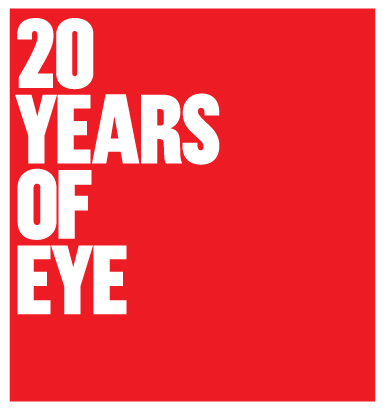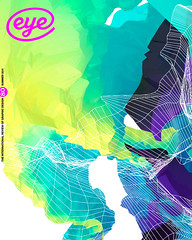Summer 2011
Crashing and burning
Design and business make a volatile mix, says Jim Northover, but it is one we cannot afford to dismiss

There was a point, some two decades ago, in the early 1990s, when I thought that nothing about design was going to be the same again. It was one of those significant moments. The crashing and burning of design companies was almost audible. Over the next few months it was like tinnitus; a constant, ringing reminder in your ears that it could all be over soon.
Some of the old certainties about design had gone, and new uncertainties had yet to make their impact. Many designers’ tentative investments in Mac technology had demonstrated that new skills were needed, and some old ones were no longer relevant. The internet had still to make its mark. A buoyant period for design had finally ground to a halt.
Gradually, things picked up again, as they always do, but this time I was left feeling that it was no longer wise to be subject to the vagaries of a single economy: Britain’s.
Once the design sector had shrunk back to a manageable size, and talk was no longer of price-to-earnings ratios but of concepts and typefaces again, many designers started looking overseas for work. For me, that period was characterised by more international work, opening offices in Asia, spending time on aircraft, and seeing big projects realised in countries I had never been to before. This was followed by project collaborations in the US. As the century drew to a close, it was another moment to reflect.
For those of us who had left college in the late 1960s (we were the British soixante-huitards, but without the political violence), it seemed as if we had been in a hurry to make an impact, and the 70s, 80s and 90s became that opportunity.
Starting out on your own as a design business in 1975 seemed vaguely mad, but the market gradually began to respond to designers’ ideas about how businesses could identify themselves more clearly and communicate their activities more forcefully. By the late 1980s we were all believing too much of our own hype. By the end of the 1990s we had convinced ourselves that the future was digital, and were doing it all over again. Another bubble burst, and again designers struggled to make a living. Yet another decade on, and here we are again.
The signs are not all bad though, as we look forward. A bit like the iPad2, successful design businesses will be thinner, lighter and faster in the coming years. Work patterns will continue to change, with teams forming and re-forming as projects come and go. Company structures will be more fluid and informal, continually coming together, changing shape and breaking up. Having an office, once the sine qua non of being in business, no longer seems so important. We can work remotely and need only meet face to face in order to discuss, to present or to formalise client relationships. Most of us will be independents, freelancers and contract workers, responsible for developing our personal business brands. ‘Who we know’ will continue to play a key role, so building our networks of contacts will remain vital. And luck will continue to play its part.
One thing we can be sure of: there will be more ebbs and flows, more crashing and burning every decade or so. Designers should be getting used to it by now.
Jim Northover is a designer, writer and co-founder of design consultancy Lloyd Northover
First published in Eye no. 80 vol. 20.

